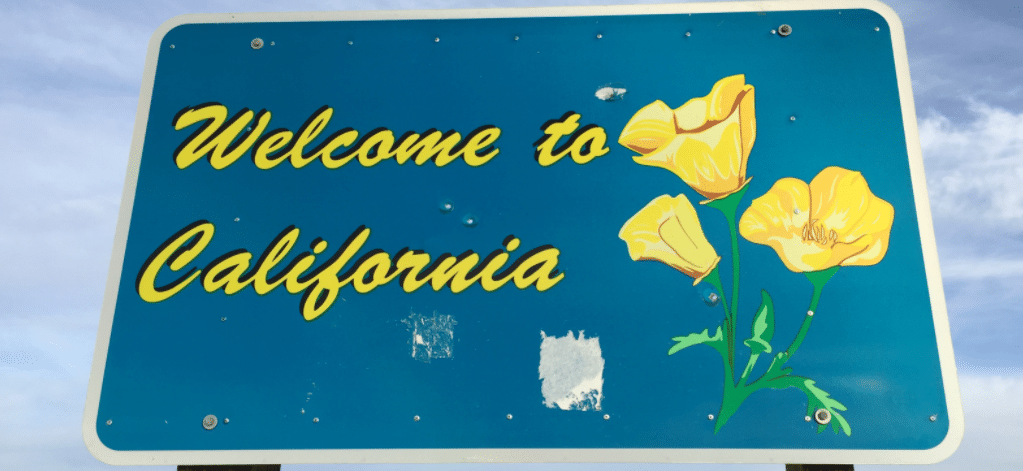A new study suggests California doesn’t have to sacrifice any of its fertile Great Central Valley agricultural land – a flat valley that dominates the geographical center of the state and is one of the most productive in the world, providing more than half of the fruits, vegetables and nuts grown in the United States – to build utility-scale solar projects.
Though a conflict between farmers and solar installations hasn’t yet engulfed the Golden State the way it has in some East Coast states (Maryland being a prime example of the fight), the study identifies four other land types that would allow the state to avoid any significant agricultural land loss.
The authors, researchers spread throughout the University of California university system, identify four alternative land sources that could be used to build utility-scale solar projects in the Central Valley:
Built Environment
This is an odd name for what they are talking about, which is essentially integrating solar into buildings. The study reports that “built environments” offer the largest opportunity to avoid taking agricultural land because, well, building-integrated solar systems don’t use any land.
“Installing PV systems across the built environment could provide a generation-based potential of 2,413 TWh per year utilizing fixed-tilt modules and up to 3,336 TWh year for dual-axis modules,” the authors wrote.
Salt-Affected Lands
Soils with abnormally high salt levels aren’t suitable for agricultural purposes, but they do provide perfect locations for solar arrays – allowing them to produce valuable resources instead of being left idle. The study calculated that 328 square miles of the valley are made of such soils.
According to the study, these lands are often located far away from the built-environment lands, providing electricity to areas that might struggle with high electricity prices simply because of their remoteness.
Contaminated Land
Contaminated land sites, on the other hand, are often located near the region’s largest cities, like Sacramento, Bakersfield and Fresno. These sites are often referred to as brownfields, and include locations contaminated enough to be unusable for any purpose requiring human interaction.
Solar is often seen as the perfect use for these types of sites because, like the salt-affected sites, they turn idle land into productive land. The study estimates that such Central Valley sites could produce between 335 and 407 TWh per year if utility-scale solar plants were sited there.
Floatovoltaics
As befits an agricultural area, 66% of the Central Valley’s land is made up of reservoirs designed to provide water to farms. While floatovoltaics aren’t common in the United States, they are becoming increasingly popular in other areas of the world where space is at a premium. The study’s authors predict that converting these reservoirs into floatovoltaic areas could produce 39 TWh per year.
The alternative surfaces examined by the study currently comprise between 57% and 76%, or slightly more than 3,200 square miles of the Central Valley’s area.
Exploration of alternative surfaces is critical to developing California’s electricity needs, which the study suggest will grow to 321 TWh. If the surfaces examined were outfitted with traditional PV installations, the authors say it could meet around 10% to 20% of total electricity needs.
This content is protected by copyright and may not be reused. If you want to cooperate with us and would like to reuse some of our content, please contact: editors@pv-magazine.com.








By submitting this form you agree to pv magazine using your data for the purposes of publishing your comment.
Your personal data will only be disclosed or otherwise transmitted to third parties for the purposes of spam filtering or if this is necessary for technical maintenance of the website. Any other transfer to third parties will not take place unless this is justified on the basis of applicable data protection regulations or if pv magazine is legally obliged to do so.
You may revoke this consent at any time with effect for the future, in which case your personal data will be deleted immediately. Otherwise, your data will be deleted if pv magazine has processed your request or the purpose of data storage is fulfilled.
Further information on data privacy can be found in our Data Protection Policy.